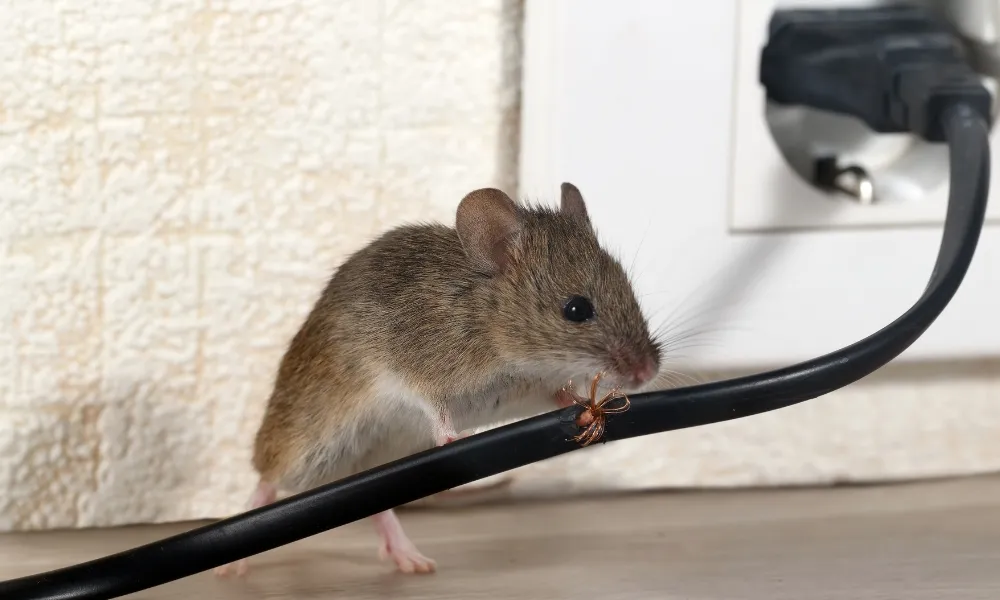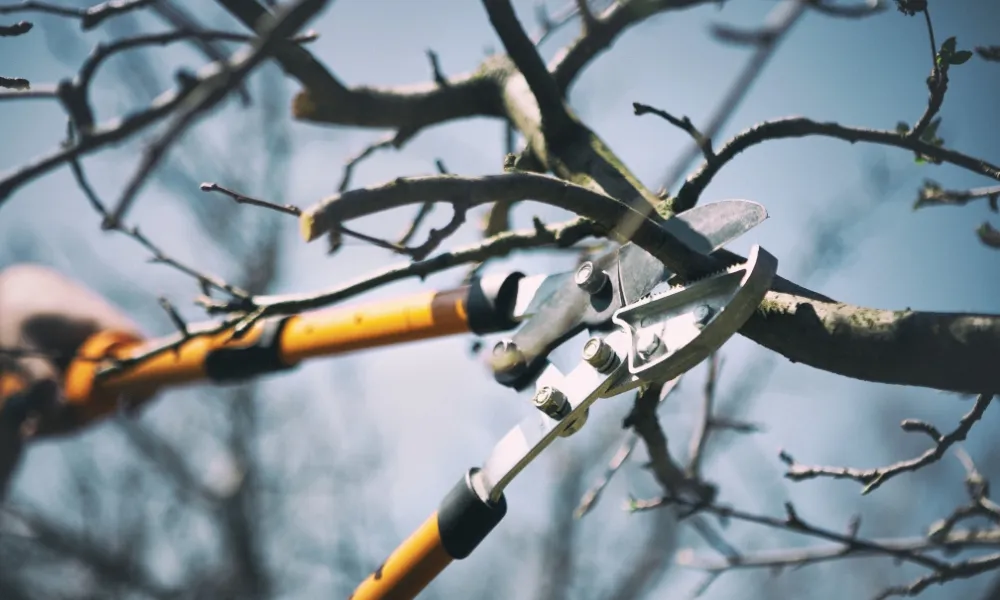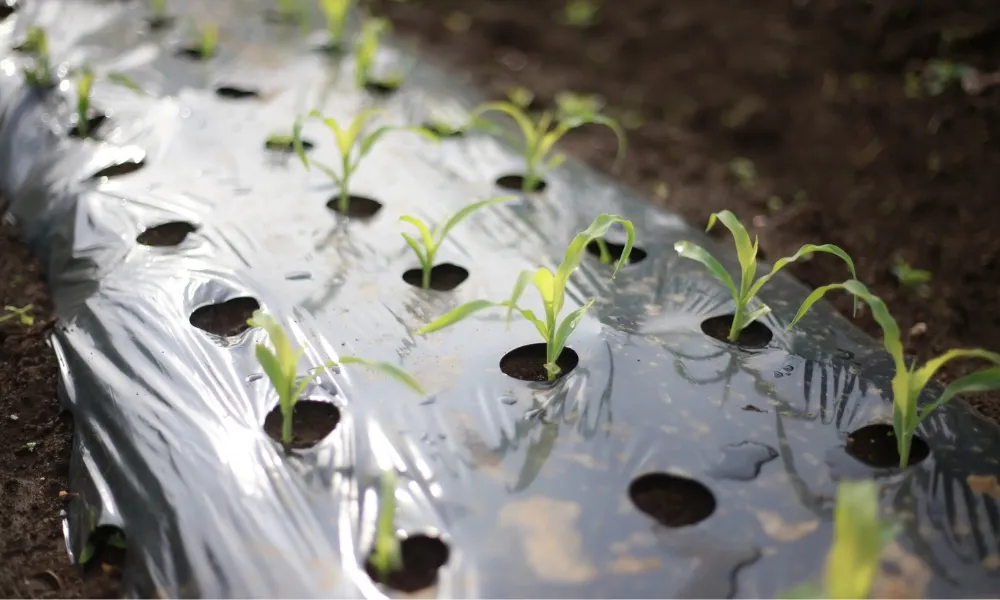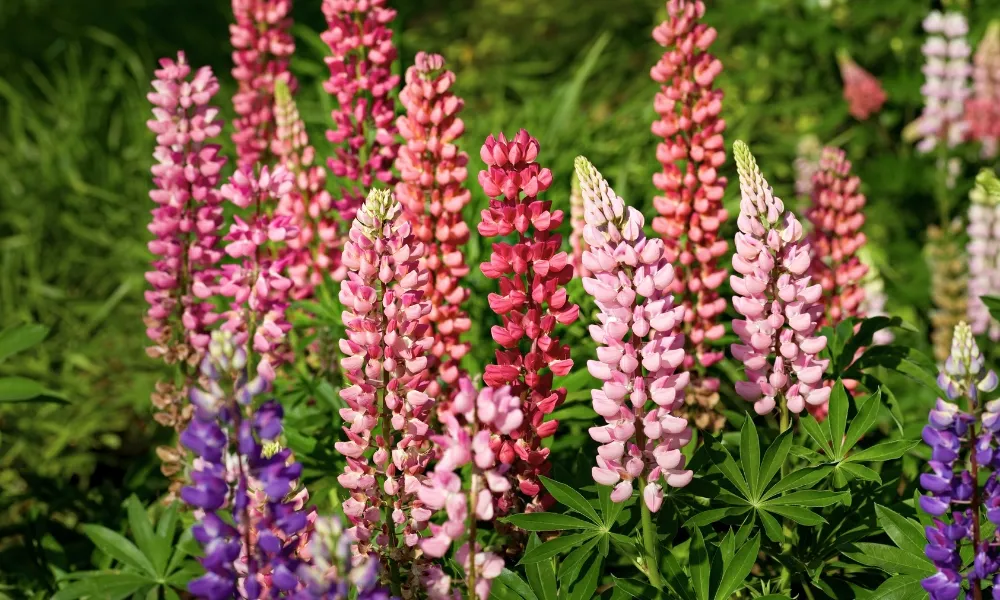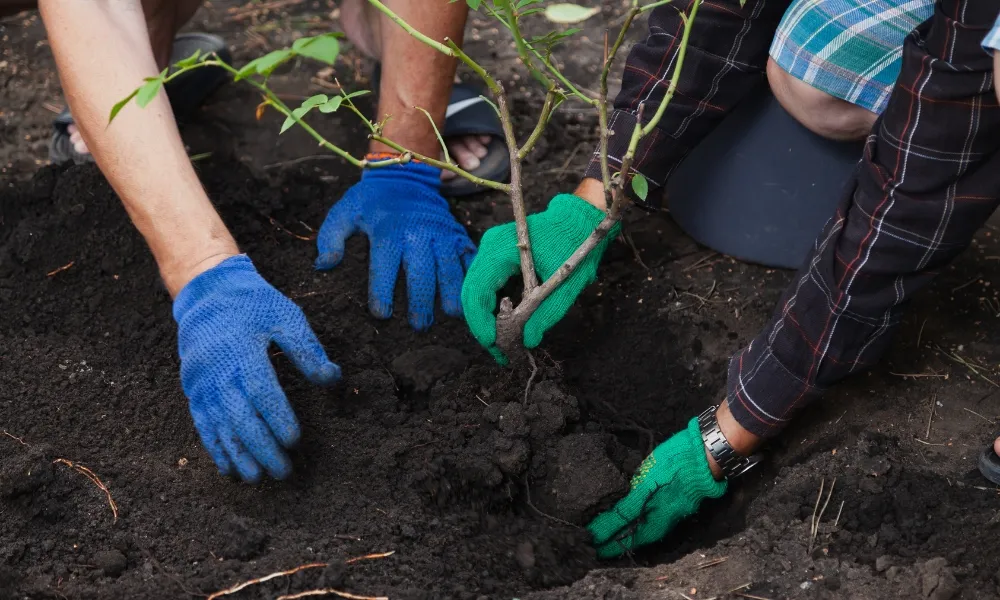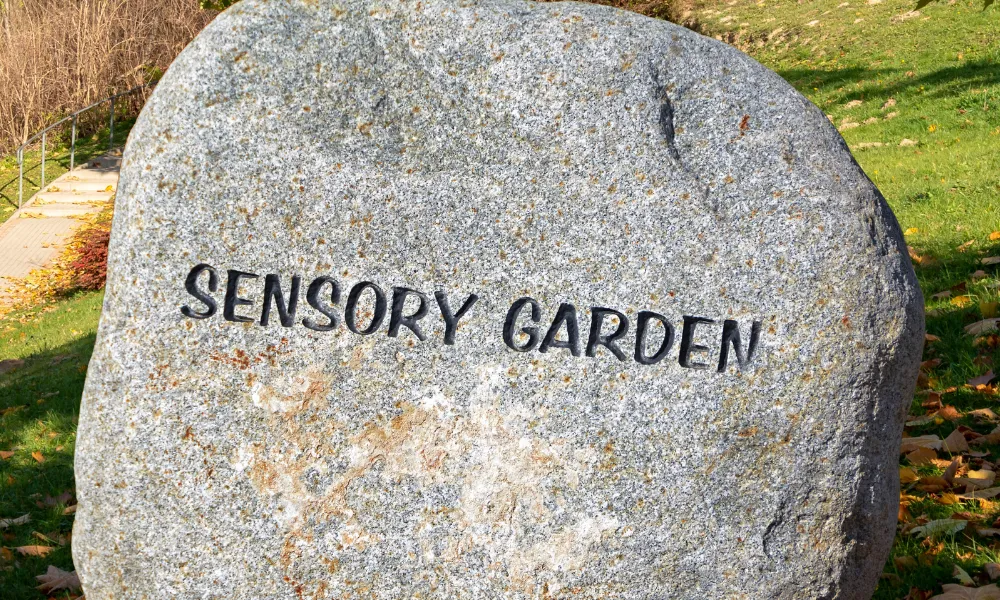
The term 'Sensory Garden' seems to be coming up quite a lot in the past couple of years, so what exactly is a sensory garden? Hopefully by the end of reading this you will have an idea.
As you can guess it is creating a garden bearing in mind the five senses which are, smell, sight, sound touch and taste. Often they are planted as spaces for relaxation and meditation, a perfect place to do your reflection and grounding. I will run through the senses to give you an idea of how to create your own.
Smell. 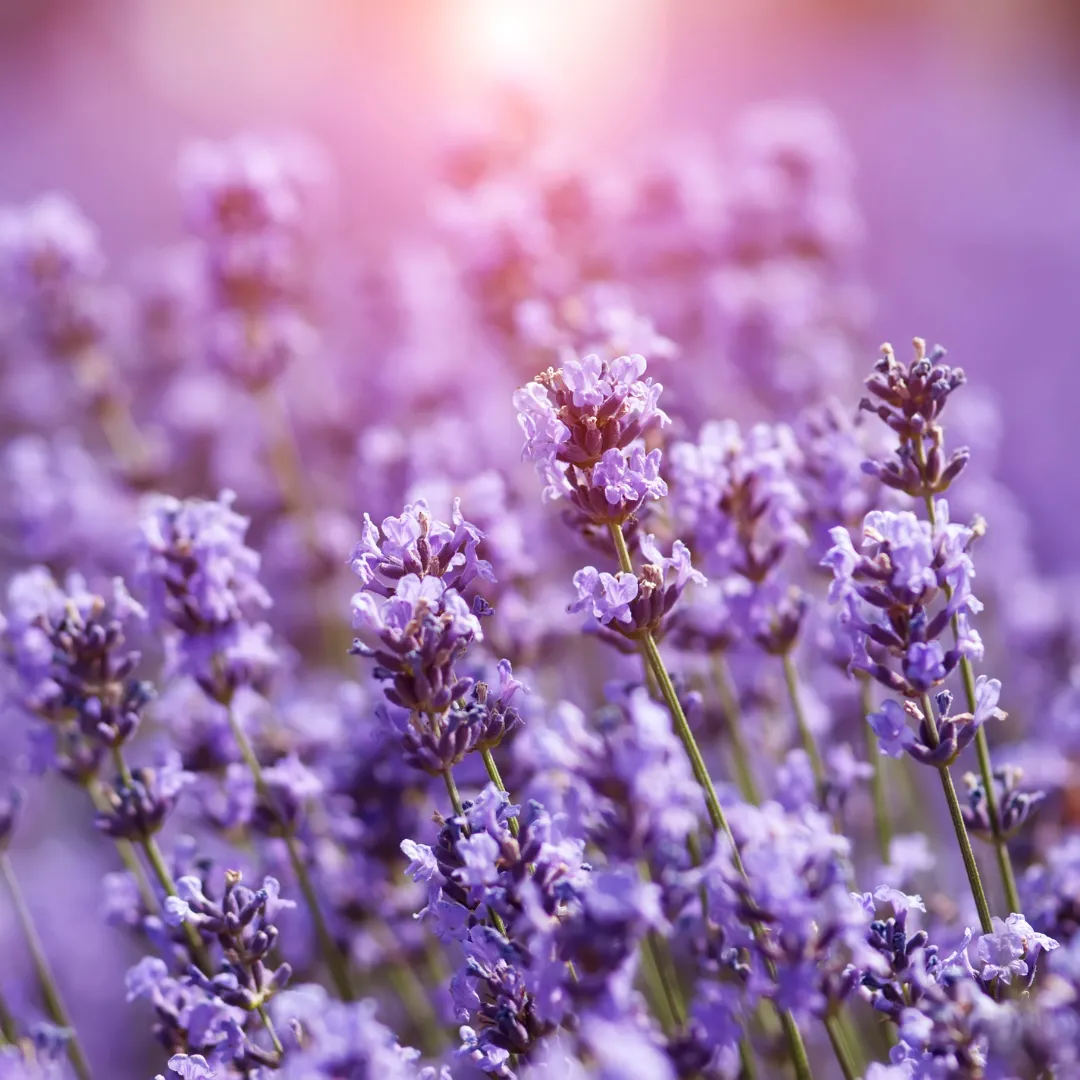
Herbs are a great idea for this, so lemon balm, mints, lavenders are all great. Having a small patch of grass to get that freshly mown smell is good. There are also some trees and bushes that give off strong scents such as The Katsura tree (Cercidiphyllum japonicum) which when it is rained on gives off a strong smell of burnt caramel so much so that in Germany it is known as the cake tree!
Sight.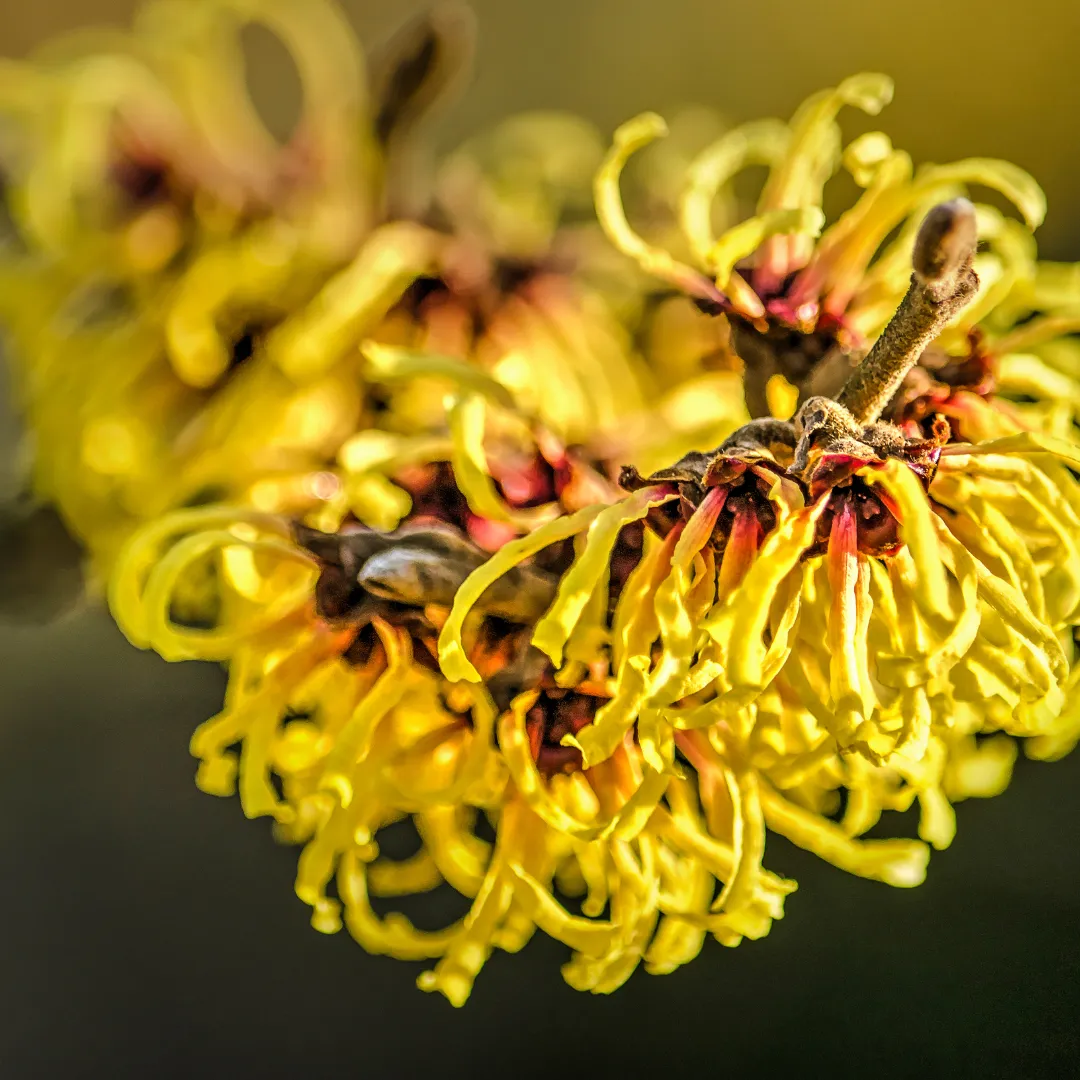
Colours, textures and seasons need to be thought about here. You may have a beautiful colourful space in the summer but then come the autumn or winter it can be bear. Witch Hazel (Hamamelis) is a great shrub/tree for flowering when not much else is. It comes out in vibrant yellow or reddish blooms between October and March which also give a lovely sweet scent. Cyclamens are hardy little flowers which will bloom around Christmas.
Some trees can look stunning in the Autumn when losing their leaves. Japanese Acers are fabulous for giving a multitude of different colours.
Sound. 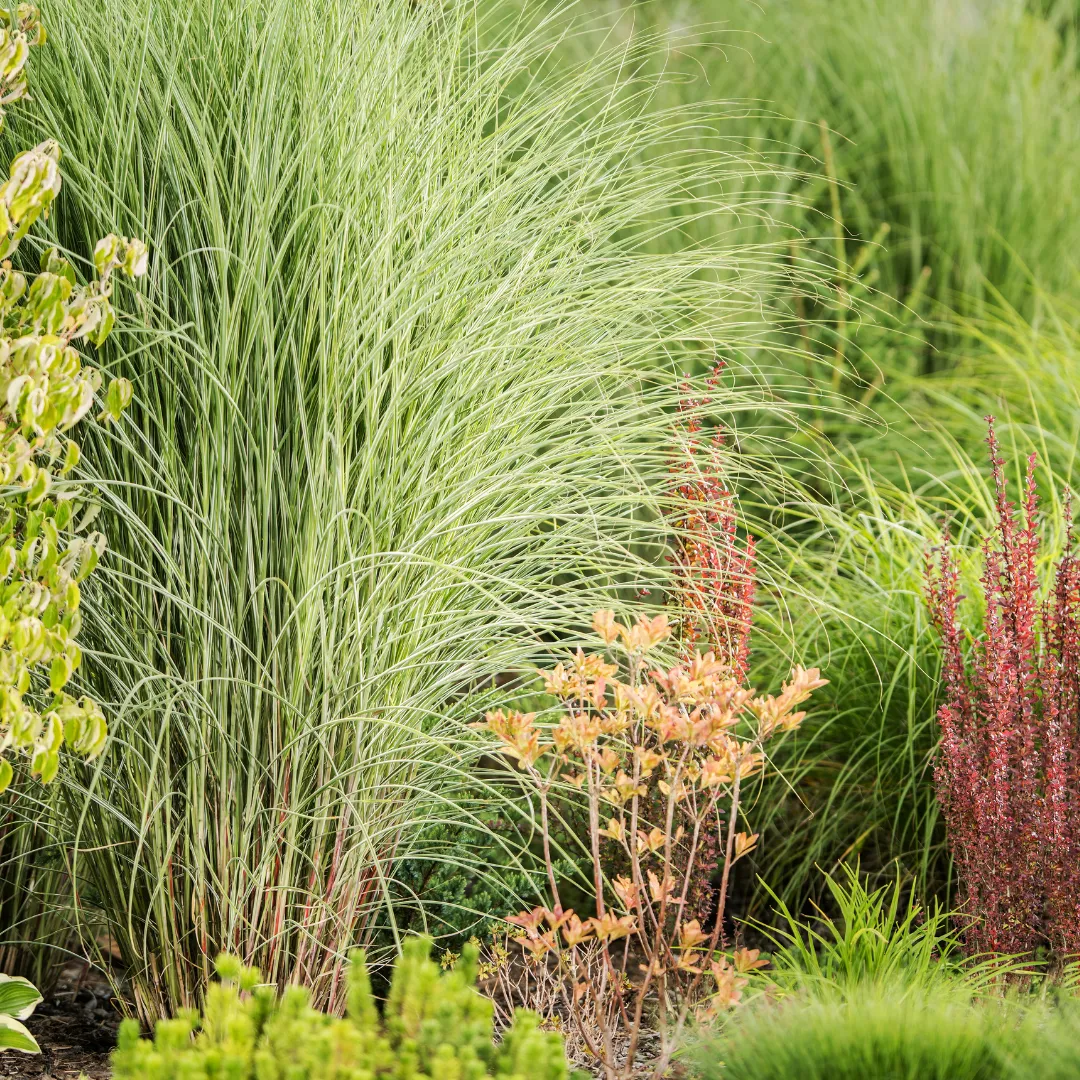
Grasses can make a beautiful sound when the wind is gently blowing and autumn leaves can too however it's not just plants that help here. Water features can be great for relaxation as can the addition of a gravel path to crunch over. The sound of bees and birds can be incredibly relaxing so adding a birdfeeder and an insect hotel can help attract them to your patch. Wooden wind chimes can give a lovely sound provided your area isn't too windy!!
Touch. 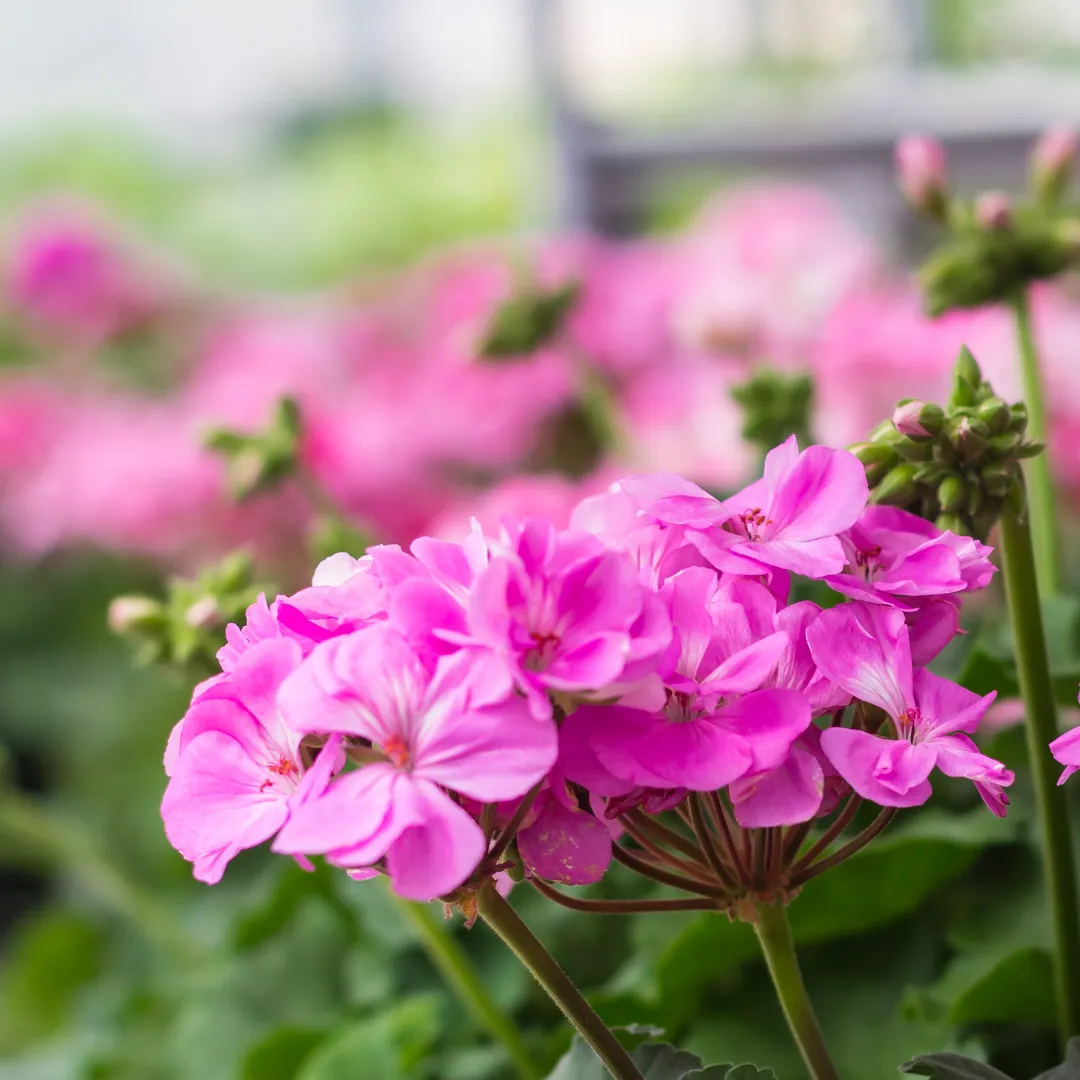
When creating a sensory garden if it is at all possible create raised beds so that you don't have to lean or reach to touch the plants. This is especially helpful when mobility is an issue.
Be mindful not to have any poisonous or 'spikey' plants planted. Everything you touch here should be safe to grab.
Some perfect plants for this are Stachys (lambs ear), Sage, Lavender, Geraniums, Willow, and Rhus Typhina (stags horn).
A water feature can be perfect here too.
Taste.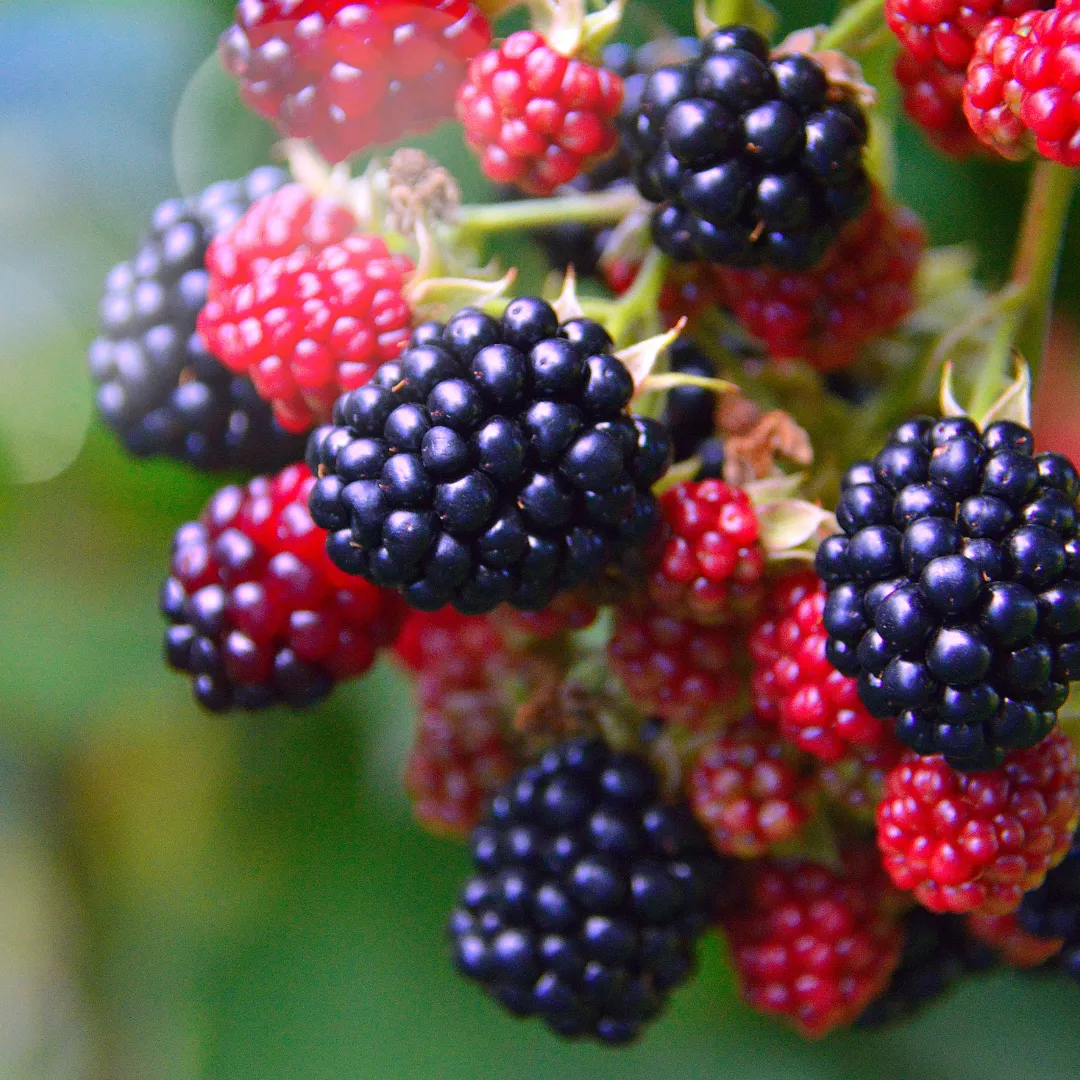
There is nothing nicer that wandering around a garden and absent mindedly grazing on fruit. Strawberries, raspberries, apples, pears, hazelnuts, plums, they all grow happily in Ireland and there is something for every season. Herbs can be an option if you have a smaller space, sorrel is a favourite of mine and nasturtiums are also great for both taste and sight.
Given that our lives our so often hectic and that we rarely have time to unwind it's important to have a space in which to do this. Hopefully with these pointers you will have an idea of how to create your own little sanctuary.
Sophie x
Related Products...




